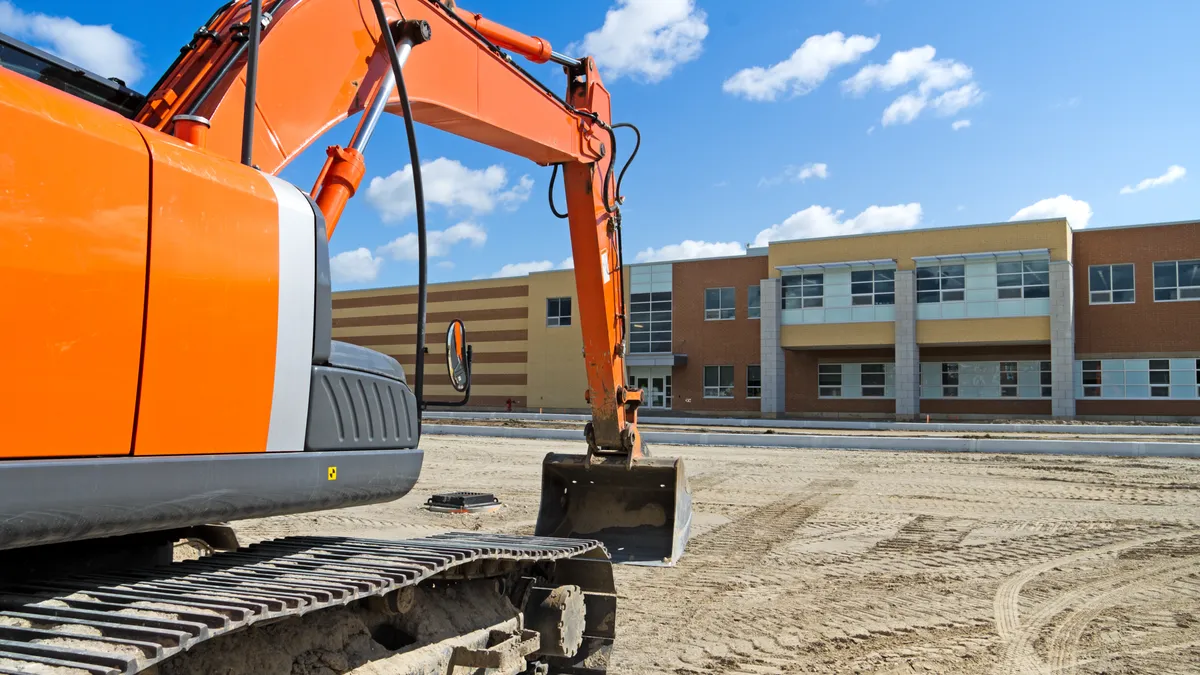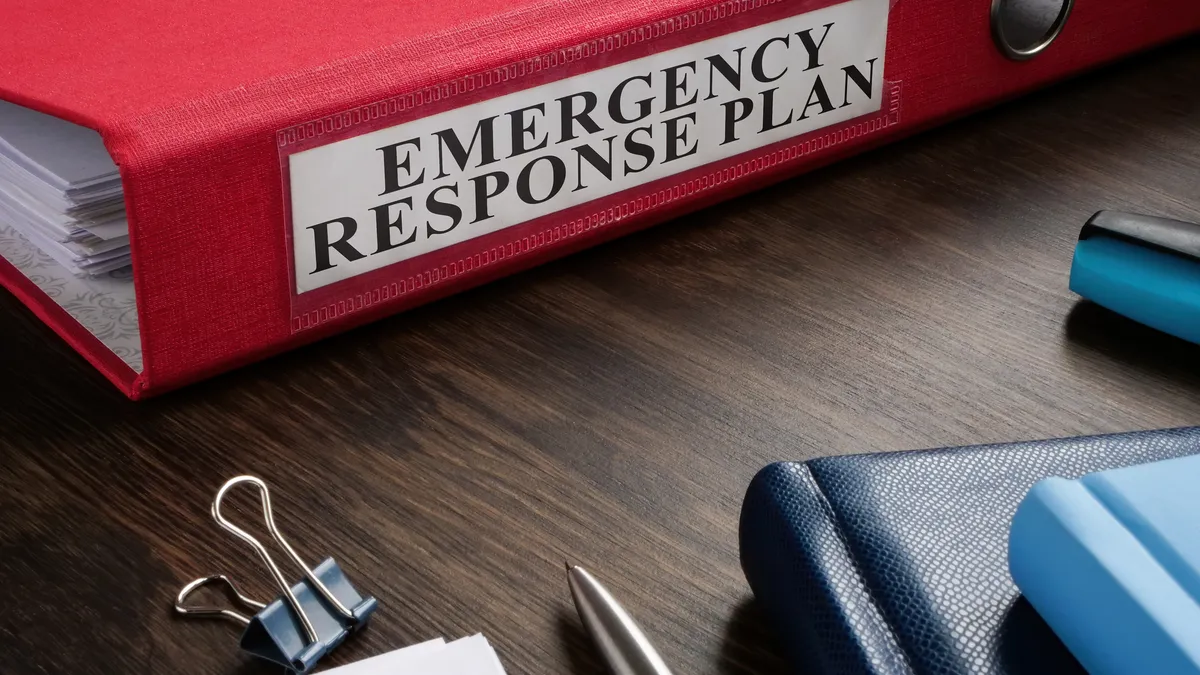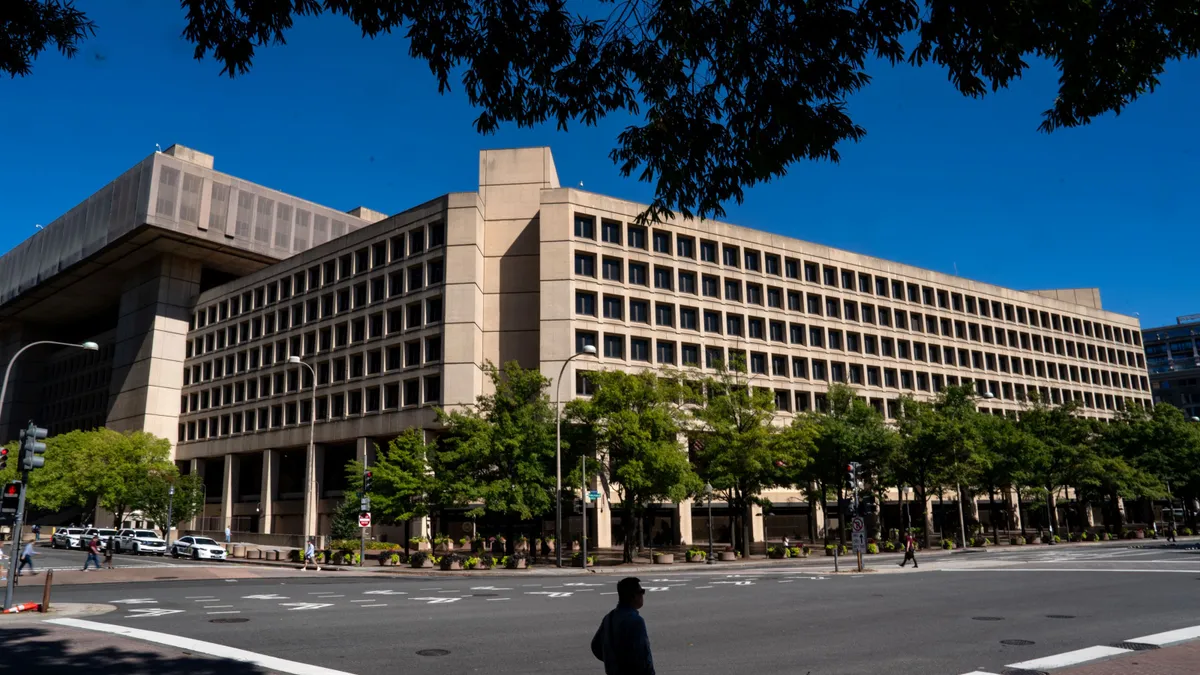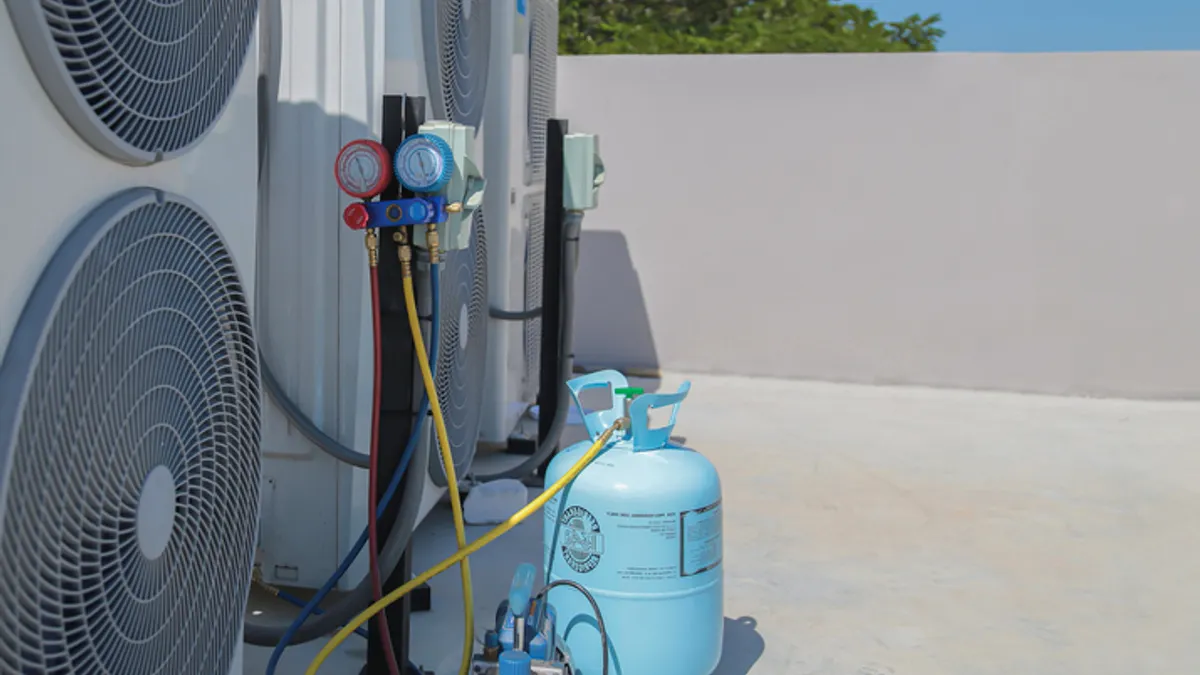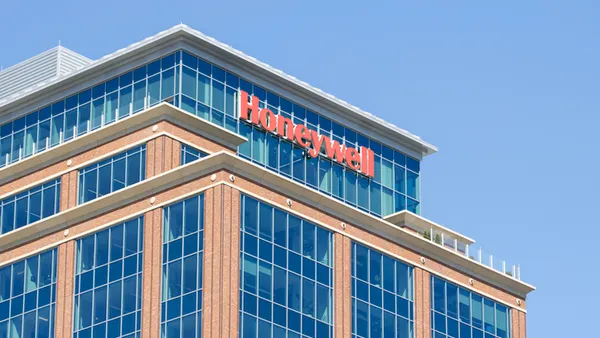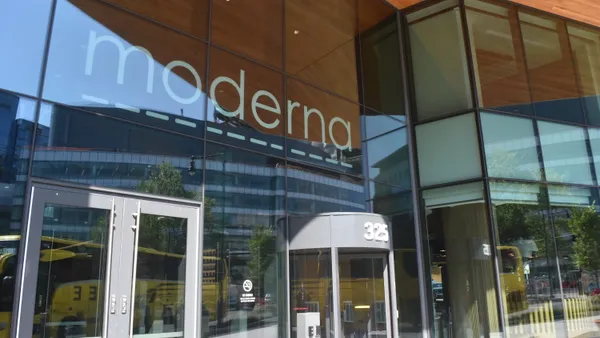Many Mississippi districts are using notable portions of their federal COVID-19 emergency funding to improve school buildings, most likely to address long-standing issues around underfunding for capital projects, according to research from FutureEd, an education analysis organization affiliated with Georgetown University's McCourt School of Public Policy.
Of the 60% spent through March of this year across the state in American Rescue Plan funds, 42% — or $362.6 million — had gone toward building improvements, according to FutureEd.
The lion's share — $296.8 million — funded reconstruction and remodeling projects like HVAC replacements and upgrades. That was followed by maintenance and upkeep at $27.6 million, new building purchases and construction at $20.5 million, and architecture and engineering fees at $14.8 million.
Many districts across the country prioritized facility improvements when budgeting for ARP and the two other allocations under the Elementary and Secondary School Emergency Relief program, previous research has shown. The National Council on School Facilities, in fact, recommended districts allocate at least 15% of their ARP funding to school facilities, after accounting for the 20% reserved for learning loss.
According to data services firm Burbio, 23.9% — or about $92 billion — of the ARP spending plans from 6,500 school districts targeted facilities and operations. Echoing the FutureEd findings, Burbio also found repairing or replacing HVAC systems and ventilation to be the top spending activity. Next in Burbio's research, as of March 2023, was facility improvements to prevent illness.
Meanwhile, recent data from the National Center for Education Statistics shows the average age of a main instructional school building to be nearly 50 years old. Some 38% of these facilities were built before 1970.
Mississippi districts' ARP activities stand out for the portion dedicated to building upgrades and the high need across the state for school renovations and improvements that predate the pandemic, FutureEd's report said.
Districts had a lot of flexibility on how to spend ESSER funds over the past four years, although they are required to reserve at least 20% of ARP funding to address learning loss. Sept. 30 is the obligation deadline for ARP, but districts have until Jan. 28, 2025, to spend the money, or even later if approved for an extension.
Bella DiMarco, author of the report and a policy analyst at FutureEd, said it was unclear whether the trend in Mississippi resulted from state-level guidance about how to spend the money or from informal communications. But, DiMarco said, "a lot of this spending and the decisions that these districts are making is reflecting the need" within the individual district.
Immediate solution to underfunded facilities
Indeed, Mississippi has faced an annual facilities operating and capital budget gap of $619 million, according to a 2021 state profile written by the 21st Century School Fund, an organization supporting improved school buildings.The profile was written along with the National Council on School Facilities, a nonprofit that advocates for safe, healthy and educationally appropriate public school facilities, and the International Well Building Institute, a public benefit corporation providing building design, policy and operational strategies.
School facilities across the state have historically been underfunded, requiring districts to issue bonds to finance upgrades, Rachel Canter, executive director of the nonpartisan education policy and advocacy organization Mississippi First, told FutureEd. For districts that can't easily raise funds through bonds, the COVID relief funds became an immediate solution, Canter said.
For example, the FutureEd report describes how Cleveland Public Schools, located in one of the state’s most impoverished regions, spent nearly $9 million — roughly 80% of its total ESSER spending to date — on essential roof and HVAC replacements at both a middle and a high school.
In Neshoba County School District, a variety of improvements — from a new HVAC system to bathrooms, windows and more — were planned using ARP funds. The second allotment of ESSER funds subsequently paid for other improvements. Then-Superintendent Lundy Brantley estimated it would have taken the district about 20 years to complete the projects without the ESSER funds, according to a 2022 district statement.
Higher-poverty districts were more likely than lower-poverty districts to invest ESSER dollars into facilities spending, FutureEd found.
"Districts across the state were spending large portions of their dollars on facilities, but it was really those highest-poverty districts that were spending much more," DiMarco said.
FutureEd did not offer an opinion on how Mississippi districts were using their ESSER funds but did share research from a variety of sources that connects healthy and well-maintained school environments with positive attendance and academic outcomes.
"That connection is not always talked about enough," DiMarco said.



